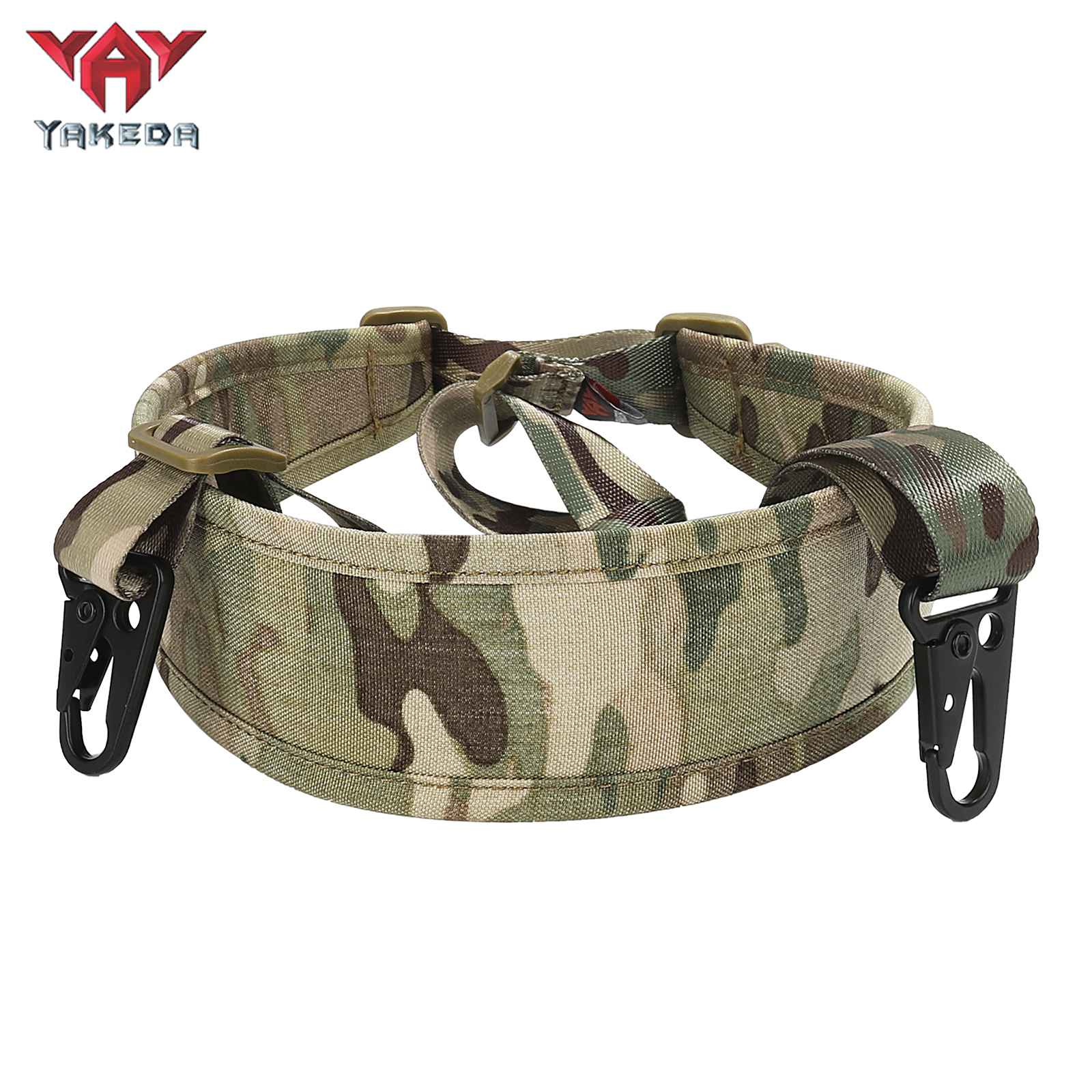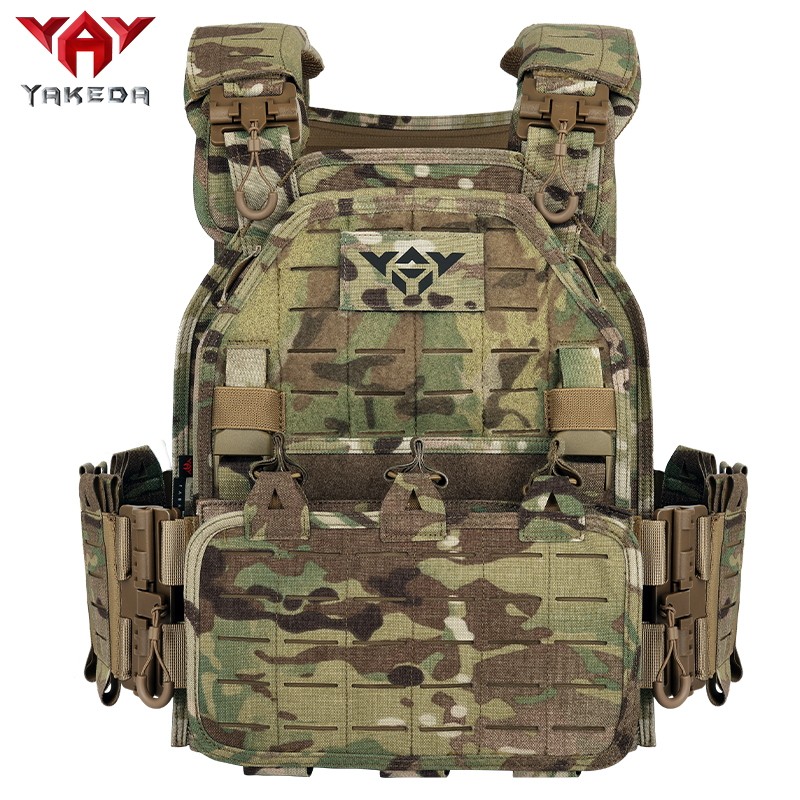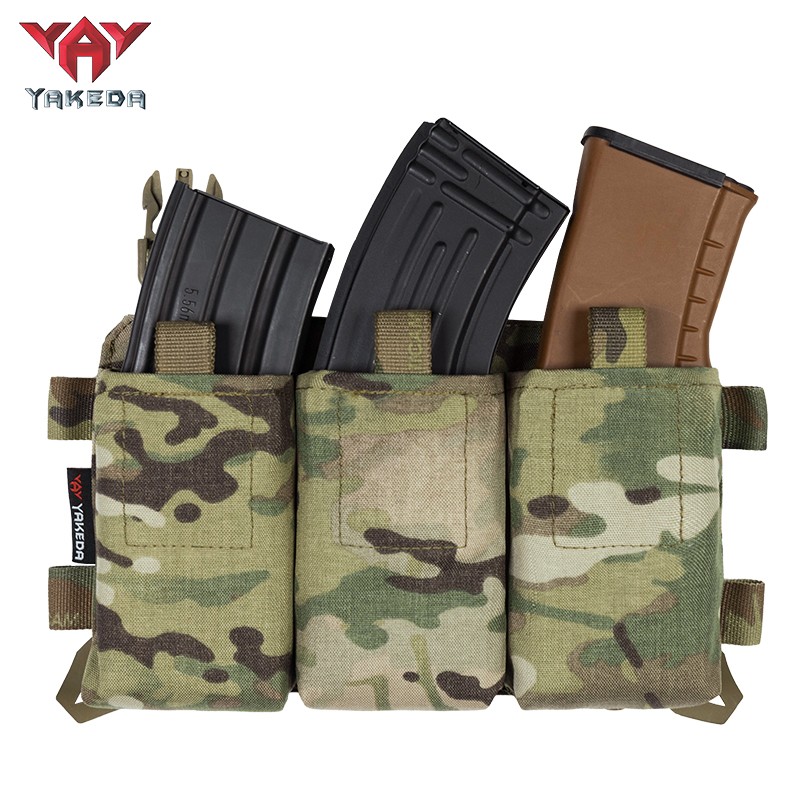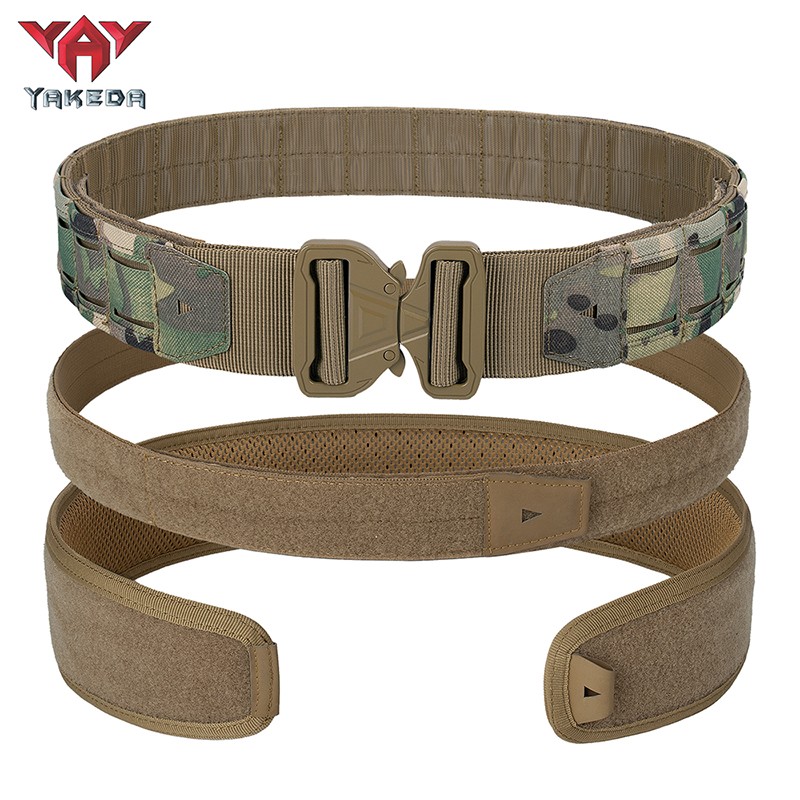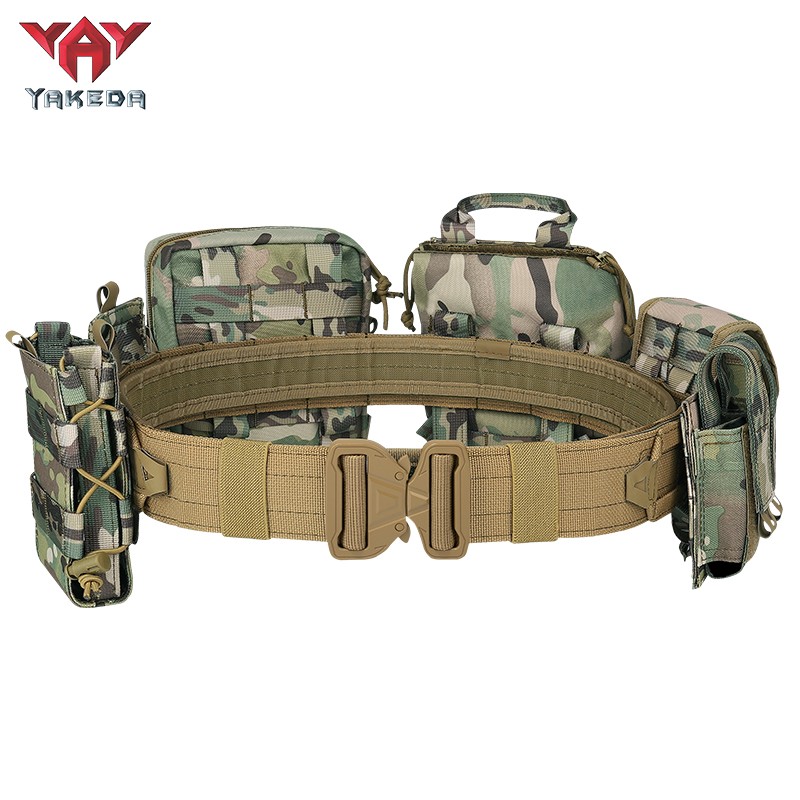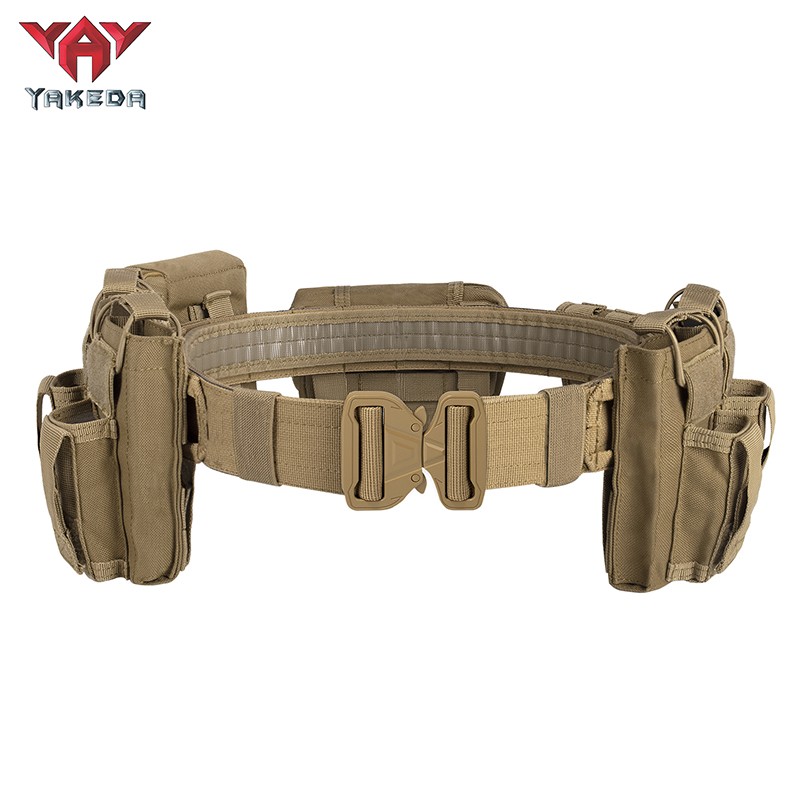Custom yakeda winter sleeping bag lightweight outdoors emergency sleeping bags Manufacturing
PRODUCT DETAILS

Temperature Rating: A outdoors sleeping bags should be able to keep you warm in sub-zero temperatures. Look for bags with temperature ratings between -10°F and -40°F.
Insulation: There are two main types of insulation used in winter sleeping bags: down and synthetic. Down insulation is lightweight and compressible, making it a popular choice for backpacking trips. Synthetic insulation is more durable and retains its insulating properties even when wet, making it a better choice for wet or humid conditions.Yakeda can be customized according to customer needs.
Shape: Mummy-shaped sleeping bags are ideal for winter camping because they minimize the amount of air inside the bag that needs to be heated up. They are also more packable and lighter than rectangular-shaped bags.
Hood: A well-insulated hood is essential for keeping your head warm and preventing heat loss through your head. Look for hoods that can be cinched tightly around your face.
Draft Collar and Zipper: A draft collar is a tube of insulation that runs around the neck of the bag, and helps prevent heat loss through the opening around your face. A zipper draft tube is an extra layer of insulation that lines the zipper to prevent cold air from seeping in.
PS: Make sure to choose a sleeping bag that is long enough for your height. A bag that is too short will leave your feet and head exposed and will not keep you warm.


FAQ
1. What are the key features of a tactical sleeping bag?
Key features of a tactical sleeping bag include durability, insulation, waterproofed, portability, and ease of use. These bags are often made from tough, abrasion-resistant materials, with high-quality insulation to keep the user warm in cold temperatures. They may also feature waterproof coatings, zippers, and seams to keep the user dry in wet conditions.
2. How do I choose the right size tactical sleeping bag?
When selecting a tactical sleeping bag, consider your height and weight, as well as the bag's dimensions and weight. Look for a bag that provides enough space for you to move around comfortably, but isn't so large that it will be difficult to pack and carry.
3. How do I care for my tactical sleeping bag?
To keep your outdoor sleeping bag in good condition, store it in a cool, dry place when not in use. If the bag becomes wet, air it out and dry it thoroughly before packing it away. Follow the manufacturer's instructions for cleaning and maintenance, and avoid using harsh detergents or bleach on the bag.





















